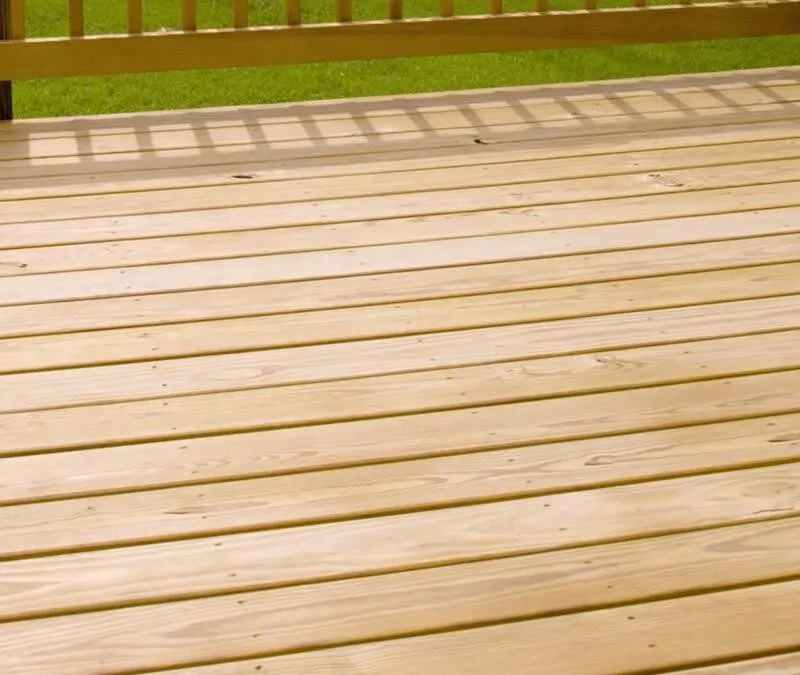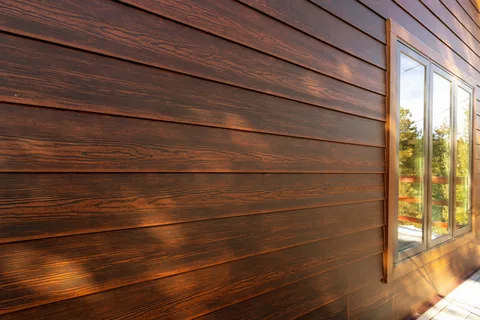Carpenter bees can be a serious nuisance for homeowners with wood siding. These bees are known for boring into wood to create nests, which can lead to unsightly holes and structural damage over time. While carpenter bees prefer untreated, soft woods, choosing the right type of wood for your home siding can make a significant difference in deterring these pests. In this article, we’ll explore the best wood options for siding that carpenter bees are less likely to target.
Understanding Carpenter Bees and Their Preferences
Carpenter bees have specific preferences when it comes to nesting sites. They are particularly attracted to untreated or weathered wood, which is easier for them to bore into. Softwoods, like pine, cedar, and redwood, are common targets because of their relatively low density and ease of excavation. By choosing wood that is less attractive to carpenter bees, you can reduce the likelihood of infestations.
Top Wood Choices for Carpenter Bee-Resistant Siding
1. Hardwood Siding

Why It Works:
Hardwood is significantly denser than softwood, making it more difficult for carpenter bees to bore into. Woods like oak, maple, and mahogany are excellent choices for siding due to their natural hardness and durability. The density of hardwoods not only makes them resistant to carpenter bees but also to other wood-boring insects and rot.
Benefits:
- Long-lasting and durable
- Resistant to carpenter bees and other pests
- Available in a variety of grains and finishes
Considerations:
- Higher cost compared to softwood
- May require specialized installation
2. Painted or Stained Wood

Why It Works:
Carpenter bees are less likely to bore into wood that is painted or stained because these finishes make the wood surface harder and more challenging to penetrate. A good quality paint or stain creates a barrier that deters carpenter bees from choosing the wood for their nests.
Benefits:
- Can be applied to various wood types
- Enhances the appearance of your home
- Provides additional protection against weathering and pests
Considerations:
- Requires regular maintenance to keep the protective layer intact
- Not a permanent solution—bees may still target edges or unprotected areas
3. Pressure-Treated Wood

Why It Works:
Pressure-treated wood is infused with preservatives that make it resistant to decay, insects, and pests like carpenter bees. The treatment process alters the wood, making it less appealing to carpenter bees as a nesting site.
Benefits:
- Resistant to rot, decay, and insect damage
- More affordable than some hardwoods
- Long-lasting with minimal maintenance
Considerations:
- Limited color and finish options
- May have environmental concerns depending on the chemicals used in the treatment process
4. Composite Wood Siding

Why It Works:
Composite wood siding is made from a mixture of wood fibers and resin, creating a material that is both durable and unattractive to carpenter bees. The synthetic nature of composite wood makes it less likely to be targeted by wood-boring insects.
Benefits:
- Extremely durable and long-lasting
- Resistant to carpenter bees, rot, and weather damage
- Low maintenance with no need for painting or staining
Considerations:
- Higher initial cost compared to natural wood
- Limited range of natural wood appearances
5. Cypress Wood Siding

Why It Works:
Cypress is a naturally durable and pest-resistant wood due to its high content of cypressene, an oily resin that repels insects, including carpenter bees. This natural resistance, combined with its strength and weather resistance, makes cypress an excellent choice for siding.
Benefits:
- Natural insect and decay resistance
- Beautiful, straight grain with a warm hue
- Less maintenance required compared to other woods
Considerations:
- Availability may be limited in some regions
- Higher cost compared to more common softwoods
Tips for Further Carpenter Bee Prevention
Even with the right wood choice, it’s essential to take additional measures to protect your home from carpenter bees:
- Regular Inspections: Regularly check your siding for signs of carpenter bee activity, such as small, round holes or sawdust-like material (frass).
- Seal Cracks and Gaps: Ensure that all cracks, gaps, and joints in your siding are sealed to prevent bees from finding entry points.
- Apply a Finish: Painting or staining your wood siding adds an extra layer of protection, making it less appealing to carpenter bees.
- Install Bee Traps: Place carpenter bee traps around your property to capture bees before they can cause damage.
- Consider Alternative Materials: If you’re in a high-risk area for carpenter bees, consider using non-wood materials for your siding, such as fiber cement, vinyl, or metal.
Final Toughts
Choosing the right wood for your home siding can play a significant role in preventing carpenter bee infestations. Hardwoods, pressure-treated wood, and composite materials are all excellent choices that offer durability and resistance to these wood-boring insects. By combining your wood choice with preventive measures like painting, sealing, and regular inspections, you can protect your home from carpenter bee damage and maintain its appearance for years to come.


